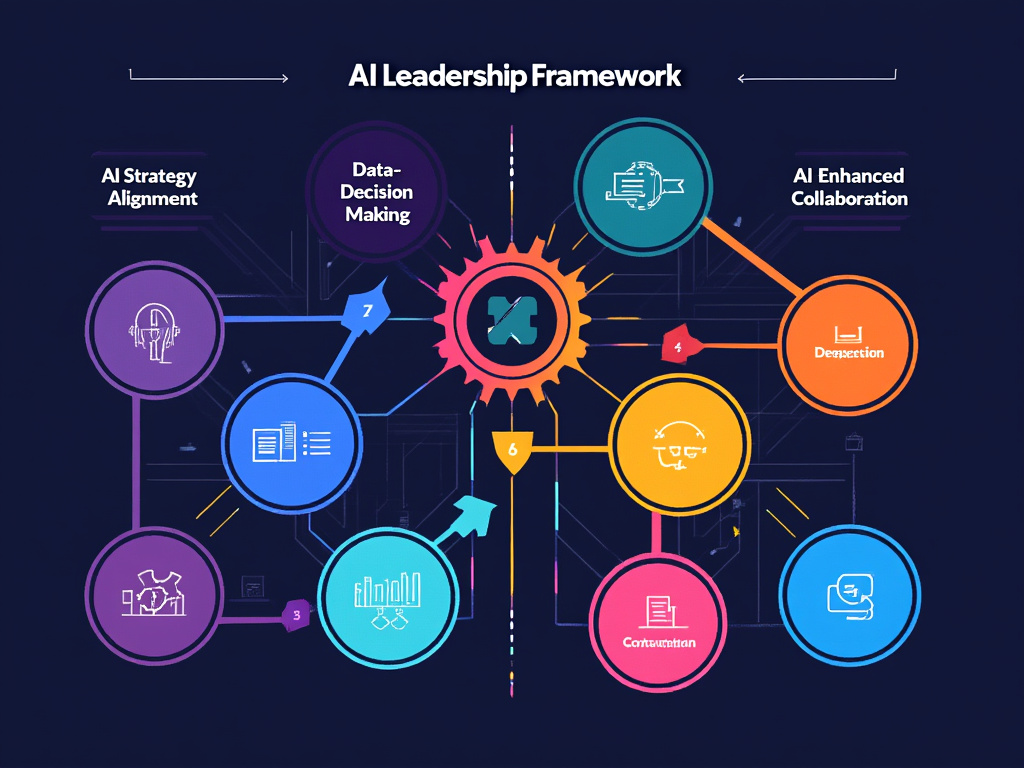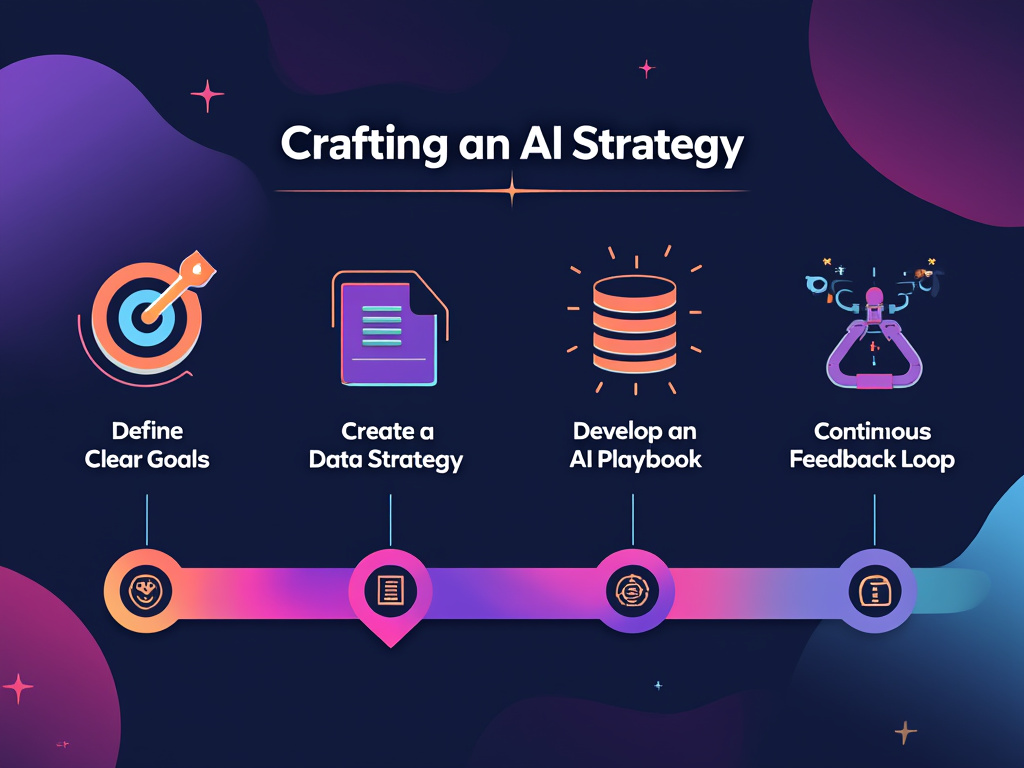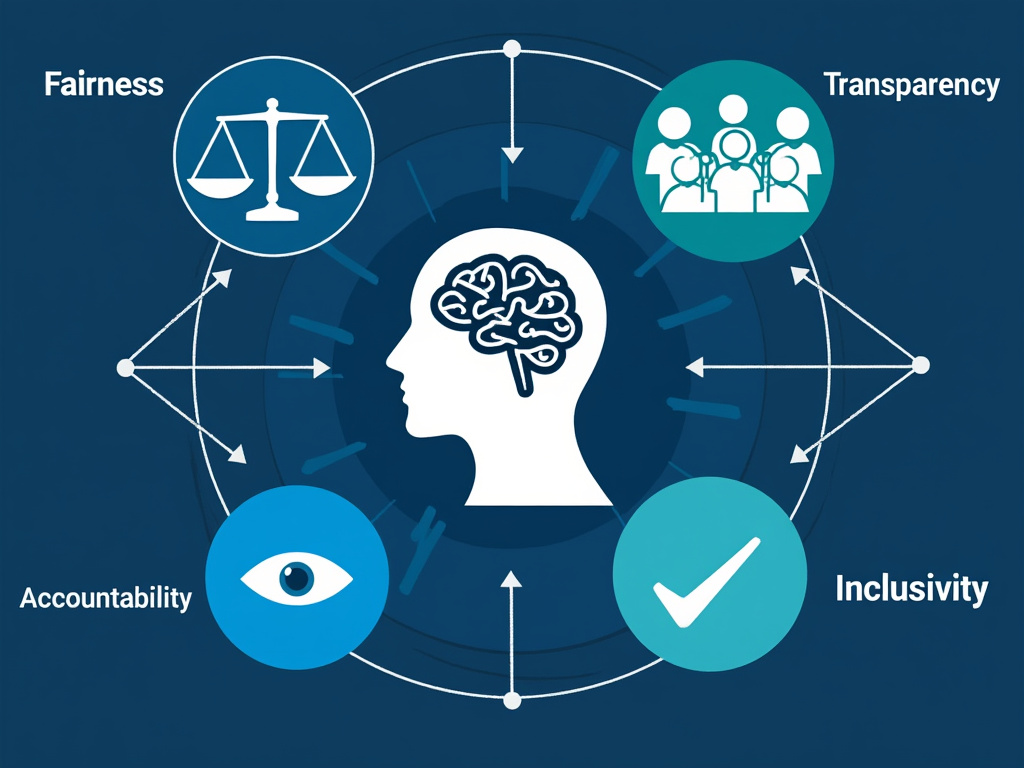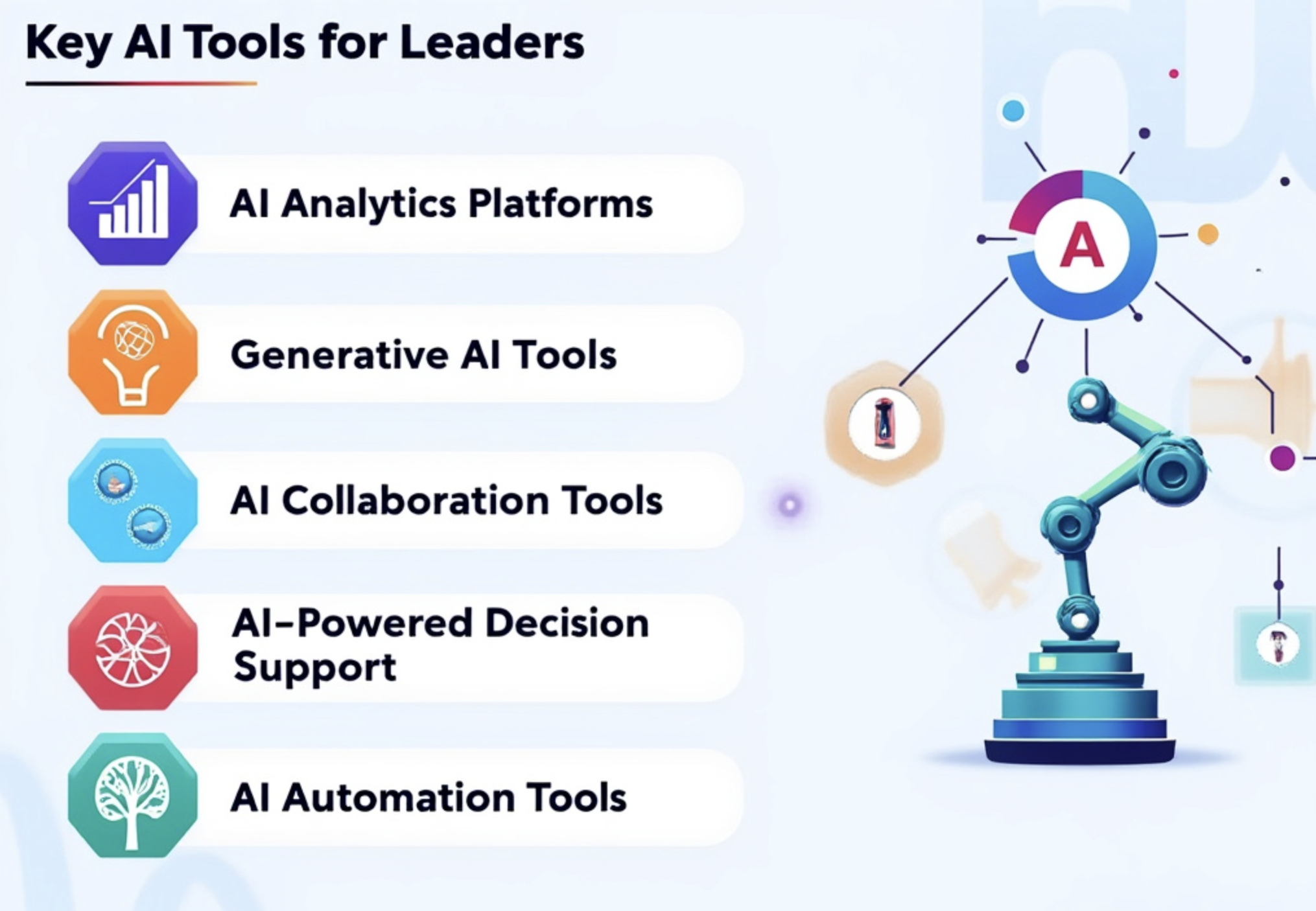AI Leadership: A Comprehensive Guide for Leading with Artificial Intelligence
AI Leadership: A Comprehensive Guide for Leading with Artificial Intelligence
Artificial Intelligence (AI) is rapidly transforming how businesses operate, and leaders today must adapt to this change. This guide offers strategies, best practices, and insights to help leaders effectively integrate AI into their organizations and lead through AI-driven transformation.
Table of Contents
- Understanding the Role of AI in Leadership
- Crafting an AI Strategy
- Building an AI-Driven Culture
- Developing Ethical AI Practices
- Leading with Emotional Intelligence in an AI World
- Key AI Tools and Technologies for Leaders
- Additional Resources
1. Understanding the Role of AI in Leadership
To lead effectively with AI, leaders must understand how AI can augment decision-making, improve efficiency, and drive innovation. AI enables leaders to process vast amounts of data, identify patterns, and derive actionable insights that can inform strategic decisions. However, leadership in the AI era is not just about technology; it also requires a mindset shift to view AI as a partner that multiplies human capabilities rather than replacing them.
Leaders should focus on creating a framework for AI use that aligns with their organization’s goals, ensuring that AI technologies are applied where they can add the most value. This involves understanding the organization’s critical business problems and using AI to solve them effectively.

Learn more about developing an AI mindset from McKinsey’s AI leadership guide .
2. Crafting an AI Strategy
An effective AI strategy should be rooted in the organization’s core objectives and integrated into its overall strategy. Leaders must:
- Define Clear Goals: Identify the business problems that AI can solve and establish measurable objectives.
- Create a Data Strategy: Ensure that your organization’s data is AI-ready by implementing robust data management and governance practices.
- Develop an AI Playbook: Outline the steps for AI adoption, from pilot projects to full-scale deployment, and continuously refine this playbook based on feedback and outcomes.
To achieve success, leaders should involve all relevant stakeholders and continuously assess and adjust their strategy based on the evolving AI landscape.

Discover more about crafting an AI strategy from MIT Sloan’s AI-driven organization course .
3. Building an AI-Driven Culture
Fostering a culture that embraces AI is essential for sustainable AI adoption. Leaders can build an AI-driven culture by:
- Championing AI Initiatives: Lead by example and promote a clear vision for AI integration across the organization.
- Investing in Upskilling: Provide continuous education and training for employees to build AI literacy.
- Encouraging Experimentation: Create a safe environment for experimentation, allowing teams to explore AI solutions and pilot projects with minimal risk.
A culture of continuous learning and experimentation encourages innovation and positions the organization for long-term success.

Read more on fostering an AI culture from Leaders Excellence .
4. Developing Ethical AI Practices
Ethical considerations are paramount in AI leadership. Leaders must address issues like algorithmic bias, privacy, and the impact of AI on jobs and society. To ensure responsible AI use:
- Establish Ethical Guidelines: Create policies that promote fairness, accountability, and inclusivity.
- Conduct Regular Audits: Regularly review AI systems to ensure they are free from bias and aligned with ethical standards.
- Promote Transparency: Be transparent about how AI is used and involve diverse teams in AI model development.

Learn more about ethical AI practices at DataCamp’s AI skills guide for leaders .
5. Leading with Emotional Intelligence in an AI World
While AI handles data and routine tasks, human leaders must excel in emotional intelligence (EQ) to connect with teams and drive change. Key strategies include:
- Fostering Empathy: Understand and address the human impacts of AI-driven changes.
- Communicating with Clarity and Purpose: Clearly articulate the vision for AI and its benefits to all stakeholders.
- Encouraging Creativity and Innovation: Use AI to free up time for human-centric activities, like creative problem-solving and strategic thinking.

Find out more about leading with emotional intelligence from Lolly Daskal’s leadership insights .
6. Key AI Tools and Technologies for Leaders
To leverage AI effectively, leaders need to familiarize themselves with key AI tools and technologies, such as:
- AI Analytics Platforms: Tools like DataRobot and H2O.ai for predictive modeling and data insights.
- Generative AI Tools: Platforms like OpenAI’s GPT and DALL-E for content generation and creative tasks.
- AI Collaboration Tools: Microsoft Azure AI and other collaborative tools for managing AI-driven projects.

Explore more about AI tools for leaders at IMD’s Generative AI guide .
Additional Resources
- McKinsey’s Guide to Leading with AI
- MIT Sloan Executive Course on AI
- Leaders Excellence on AI Adoption
By understanding and leveraging AI effectively, leaders can drive innovation, foster a culture of continuous learning, and ensure ethical and strategic AI adoption in their organizations.
